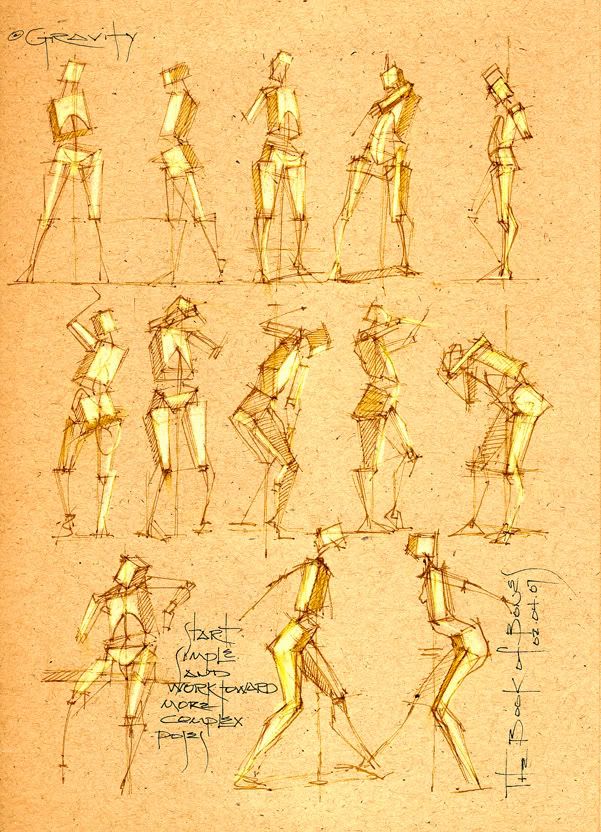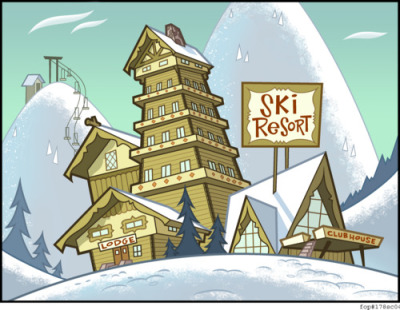 |
| Disney Pocahontas |
 |
| Disney Fantasia |
 |
| Disney Alice In Wonderland |
As the collective color of the spirit, it invokes rest and can cause the body to produce chemicals that are calming; however not all blues are serene and sedate. Electric or brilliant blues become dynamic and dramatic, an engaging color that expresses exhilaration.
Some shades or the overuse of blue may come across as cold or uncaring. Blue is the least "gender specific" color, having equal appeal to both men and women.
How the color blue affects us physically and mentally
* Calming and sedate
* Cooling
* Aids intuition
 |
| Disney Pocahontas |
 |
| Disney Alice In Wonderland |
 |
| Disney Sleeping Beauty |
Green occupies more space in the spectrum visible to the human eye and is second only to blue as a favorite color. Green is the pervasive color in the natural world that is an ideal backdrop in interior design because we are so used to seeing it everywhere.
The natural greens, from forest to lime, are seen as tranquil and refreshing, with a natural balance of cool and warm (blue and yellow) undertones. Green is considered the color of peace and ecology. However, there is an "institutional" side to green, associated with illness or Government-issued that conjure up negative emotions as do the "slimy" or toxic greens.
How the color green affects us physically and mentally
* Ill or evil
* Soothing
* Relaxing mentally as well as physically
* Helps alleviate depression, nervousness and anxiety
* Offers a sense of renewal, self-control and harmony
* Soothing
* Relaxing mentally as well as physically
* Helps alleviate depression, nervousness and anxiety
* Offers a sense of renewal, self-control and harmony
 |
| Disney Fantasia |
Yellow shines with optimism, enlightenment, and happiness. Shades of golden yellow carry the promise of a positive future. Yellow will advance from surrounding colors and instill optimism and energy, as well as spark creative thoughts.
How the color yellow affects us mentally and physically
* Mentally stimulating
* Stimulates the nervous system
* Activates memory
* Encourages communication
How the color yellow affects us mentally and physically
* Mentally stimulating
* Stimulates the nervous system
* Activates memory
* Encourages communication
 |
| Disney 101 Dalmations |
 |
| Disney Pocahontas |
Red has more personal associations than any other color. Recognized as a stimulant red is inherently exciting and the amount of red is directly related to the level of energy perceived. Red draws attention and a keen use of red as an accent can immediately focus attention on a particular element.
How the color red affects us mentally and physically
* Increases enthusiasm
* Stimulates energy
* Encourages action and confidence
* A sense of protection from fears and anxiety
 |
| 101 Dalmations |
 |
| Kuskos poison scene in Disney's Emperors New Groove |
Purple embodies the balance of red simulation and blue calm. This dichotomy can cause unrest or uneasiness unless the undertone is clearly defined at which point the purple takes on the characteristics of its undertone. It's been said in film making that "if it's purple, someone is going to die." A sense of mystic and royal qualities, purple is a color often well liked by very creative or eccentric types and is the favorite color of adolescent girls.
How the color purple affects us mentally and physically
* Uplifting
* Calming to mind and nerves
* Offers a sense of spirituality
* Encourages creativity
* Uplifting
* Calming to mind and nerves
* Offers a sense of spirituality
* Encourages creativity
 |
| Disney 101 Dalmations |
Brown says stability, reliability, and approachability. It is the color of our earth and is associated with all things natural or organic.
How the color brown affects us physically and mentally
* Feeling of wholesomeness
* Stability
* Connection with the earth
* Offers a sense orderliness











































